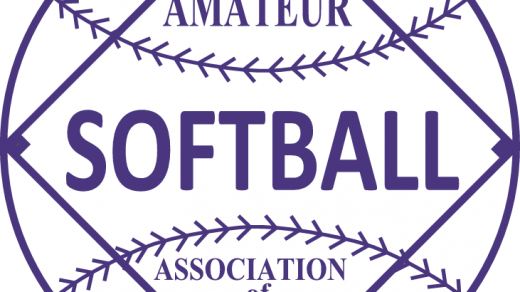Ted Williams, a member of baseball’s Hall of Fame and a life-time .344 hitter for 19 major league seasons, once said the hardest sports accomplishment of all was to hit a round ball squarely with a round bat.
With the use of geometry, Bill Merritt is attempting to make the art of hitting a ball easier.
Merritt, an architect and sometime softball player, has attempted to maximize the batter’s potential by designing a softball bat that, believe it or not, has three flat sides. In principle, this bat gives the batter, provided he has the correct mechanics, a much greater chance of hitting a line drive than with a standard bat.
The triangular bat, called “The Broadsider,” is currently being used in several softball leagues around the country and has received favorable comment from both the Amateur Softball Association and the National Collegiate Athletic Association.
“I had the idea three summers ago. It was the beginning of the season and I went out to play for the first time and I had one of those days that nobody likes to talk about where I hit a lot of pop flies,” Merritt re-called. “I saw other people doing the same thing. I don’t know what got me to thinking about it later, but I couldn’t get it out of my mind — making contact with the ball and the concept of sweet spot.
“I thought there was a better way to increase the sweet spot by changing the geometry of the bat. I played around with shapes and what made sense and pretty quickly I came up with a triangular shape.”
Putting his idea to work, Merritt made three bats himself on a lathe in the shop where he worked as an architect. It was an extremely difficult task.
“When you’re one individual with an idea, you don’t have the same resources a big company does,” Merritt said. “When I made the first one I didn’t even have ash. I had to make it out of poplar, which you can’t play with. I got some ash and made two bats, so I was very careful. It took about 20 hours to do it.”
Satisfied that his bat worked, he then began the arduous task of getting the bat accepted. His first contact in organized softball was Donna Terry, head coach of the women’s softball team at the University of California. Terry, one of the top players and coaches in the country, took an immediate liking to the bat and had her team try it out in practice.
“She thought it was a tremendous concept and had a lot of validity,” said Merritt. “I then did a mailing to all the college teams and about 30 teams purchased the bats. The response from them was pretty favorable. I did a survey of those schools prior to the ASA convention last January. They were all in favor of seeing it approved for ASA and NCAA play.”
The ASA, softball’s governing body, has expressed an interest in the bat. It was voted down at last year’s convention but only because there were too many commissioners who had not seen the bat in play. It needed a two-thirds majority to be approved on the floor and got only 50 percent.
“It got enough support that they wanted to see the bat in play this year, so they could get some statistical feedback and get comments from umpires and players to see if there is anything detrimental to this,” said Merritt. “There have been about 50 to 60 city leagues around the country that have approved it.
“I’ve also talked to the NCAA and the coaches have recommended a rule change to allow for a three-sided bat.”
Without full ASA approval, however, Merritt’s ability to market the bat is limited because teams can’t take it into tournament play unless it is ASA sanctioned. He’s also run into another problem.


